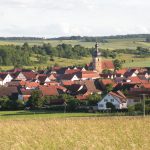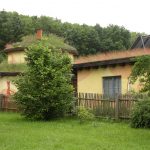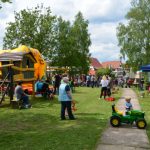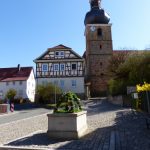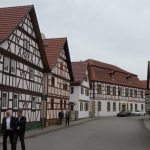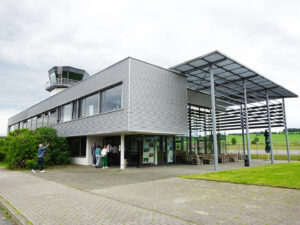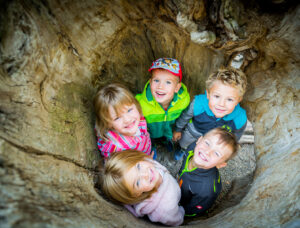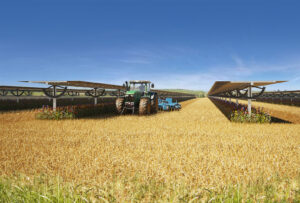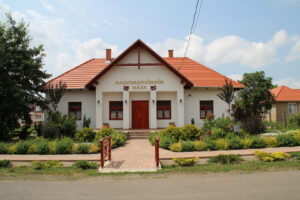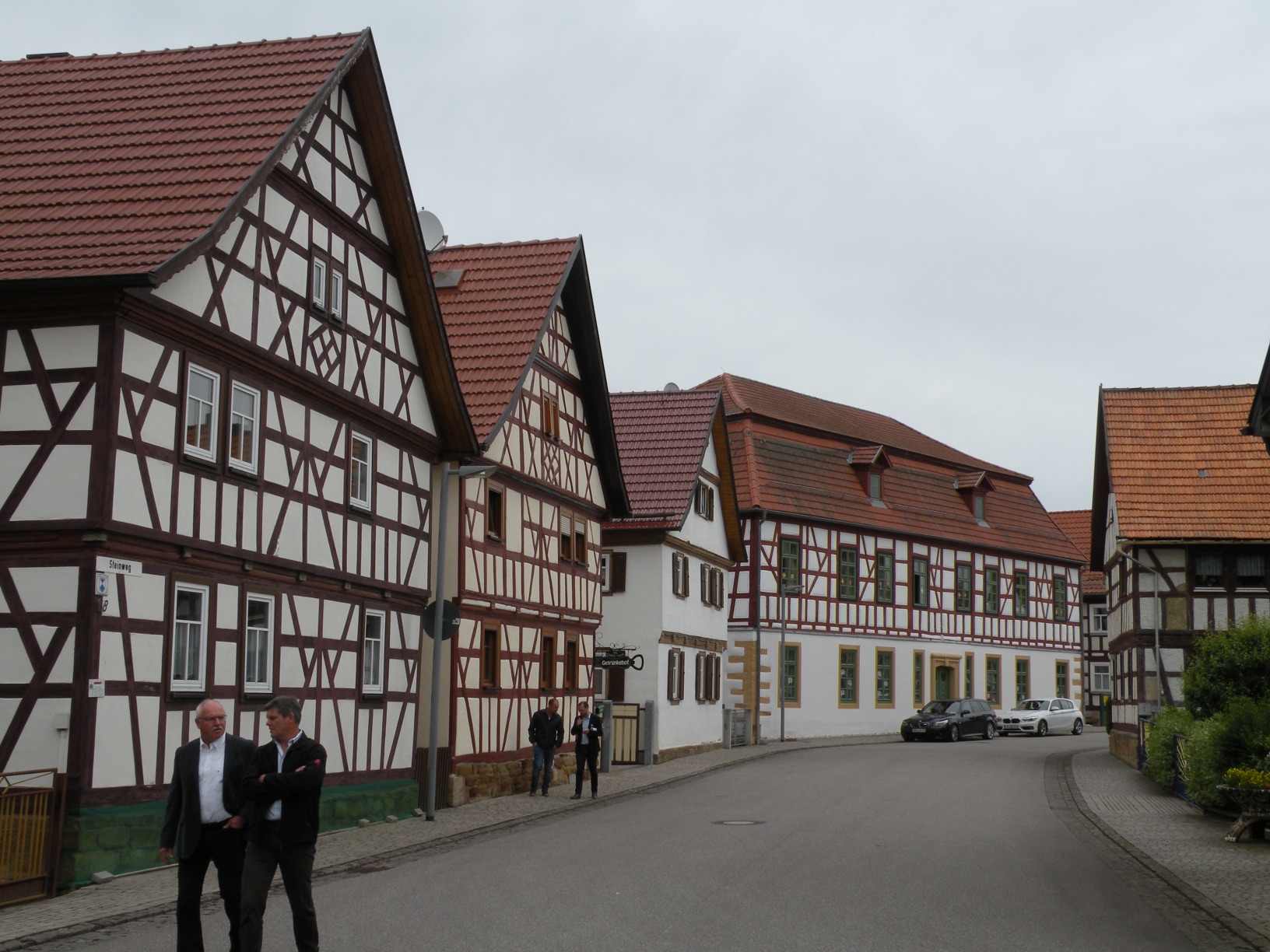
Behrungen, Thuringia, Germany
With about 550 inhabitants, the village Behrungen is part of the municipality Grabfeld in the south-western part of the free state Thuringia. It is located directly on the former German-German border. It was first mentioned in a deed of donation in 795, yet it can be proven that Grabfeld had been inhabited earlier by the Celts.
Although the number of population is relatively stable, demographic change is evident: While the percentage of youth has dropped to six percent within the last 15 years, the percentage of senior citizens has risen to over 30 percent. Offering 35 full time working places, agriculture represents a major factor, aside from the service sector, which offer 42 jobs. In total, there are 123 working spaces and no people unemployed. The female activity rate ranges at 80 percent.
One of the biggest potentials is is the conscious village community, which can be noticed through the vivid club life of the viallage. Immediately after the turnaround, there was an active decision to use newfound possibilities openly. Participating in competitions such as a “Best Kept Village Award” during the 1990ies lead to high motivation to tackle challenges. Goals and visions, defined by a village development council in cooperation with the population, are the creation of family-friendly structures and institutions, strengthening of the regional identity and enhanced use of dialect, maintaining the village with its three-walled farms, improving the infrastructure, expanding sustainable tourism and increased use of sustainable energy.
The redevelopment of connections and the cooperation with the neighboring Lower Franconian villages is remarkable. For example, the village is a member of the Grabfeld alliance, a community of Franconian and Thuringian villages, which aims to establish a common brand and to strengthen the regional identity inside and out. With its motto, “Grabfeld, boundless in the middle”, the municipality attempts to appeal as a tourist destination among the tourist strongholds “Thuringer Wald” and Rhön. Especially noteworthy is the sensitive use of the landmarked frontier as a contemporary witness and memorial.
Constructed and operated by the Agriculture and Lifestock Association Behrungen, a biogas plant with electricity and heat production contributes to climate protection. Numerous houses rely on alternative energy technology such as heat pumps, photovoltaic as solar plants. The continued expansion of use of regenerative resources and energy sources is a declared goal of the municipality.
Originally considered to be negative, the fact that it was not possible to designate new residential areas due to the proximity of the border during GDR times has led to a positive settlement development as new constructions were only built within the original structures. After the overturn, only 6 new properties were designated – specifically for families. New business establishments were created within former LPG-locations. Aside from the outstanding settlement development, the high-quality revitalization of old building substances is remarkable.
Evaluated: 2016

